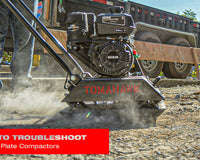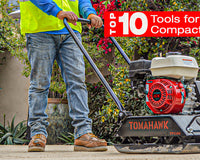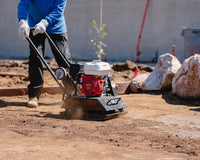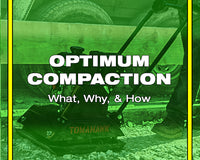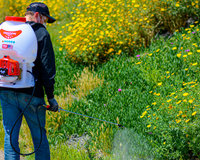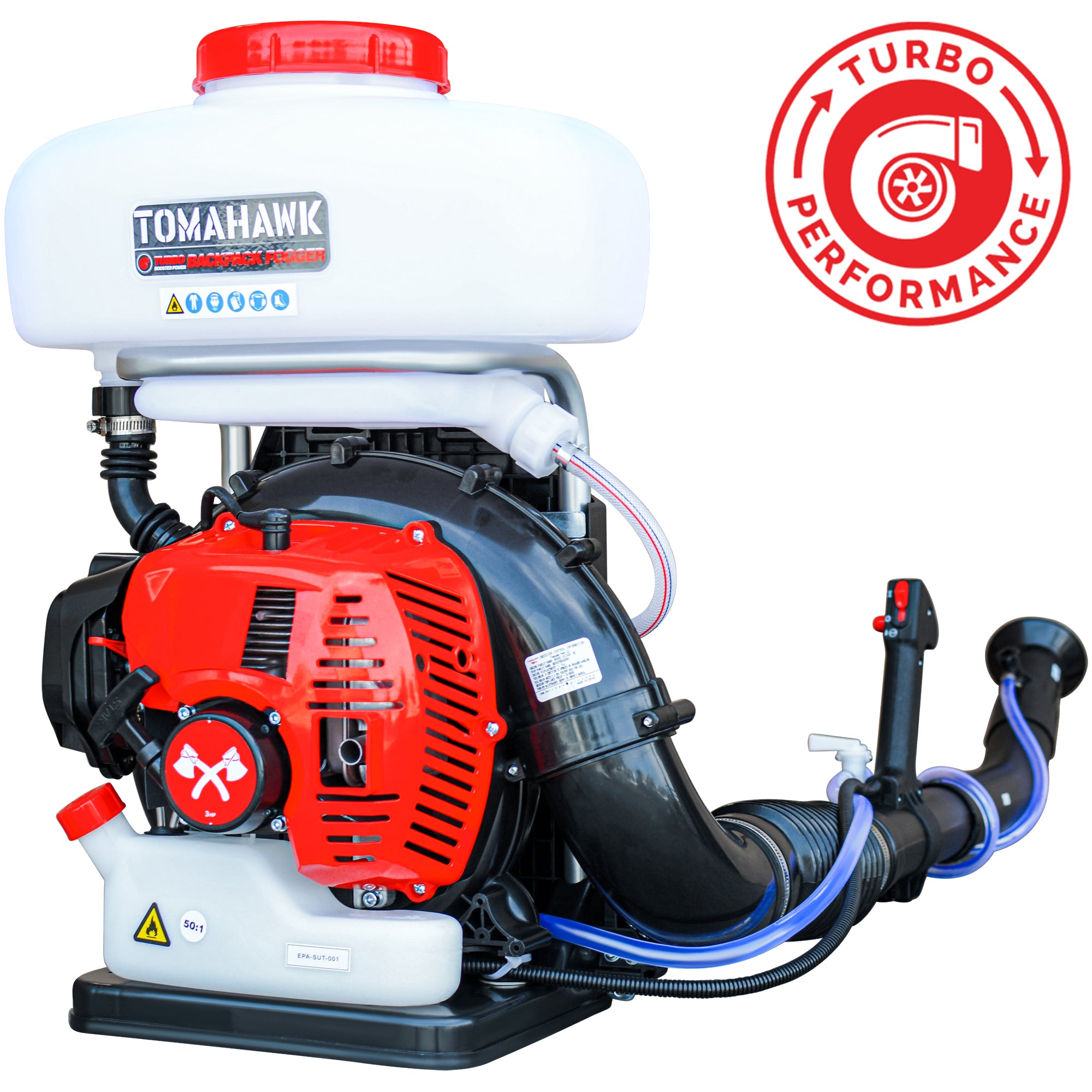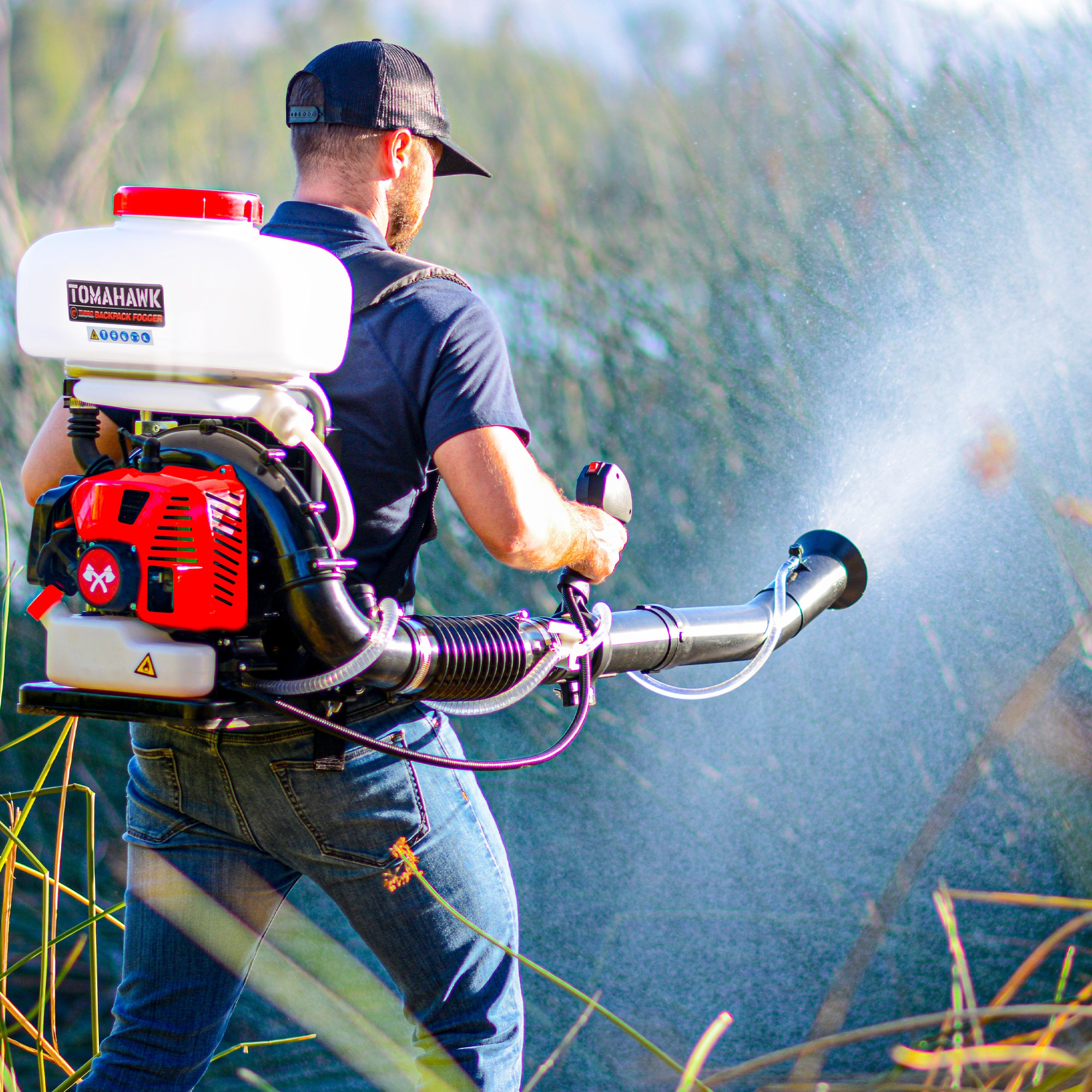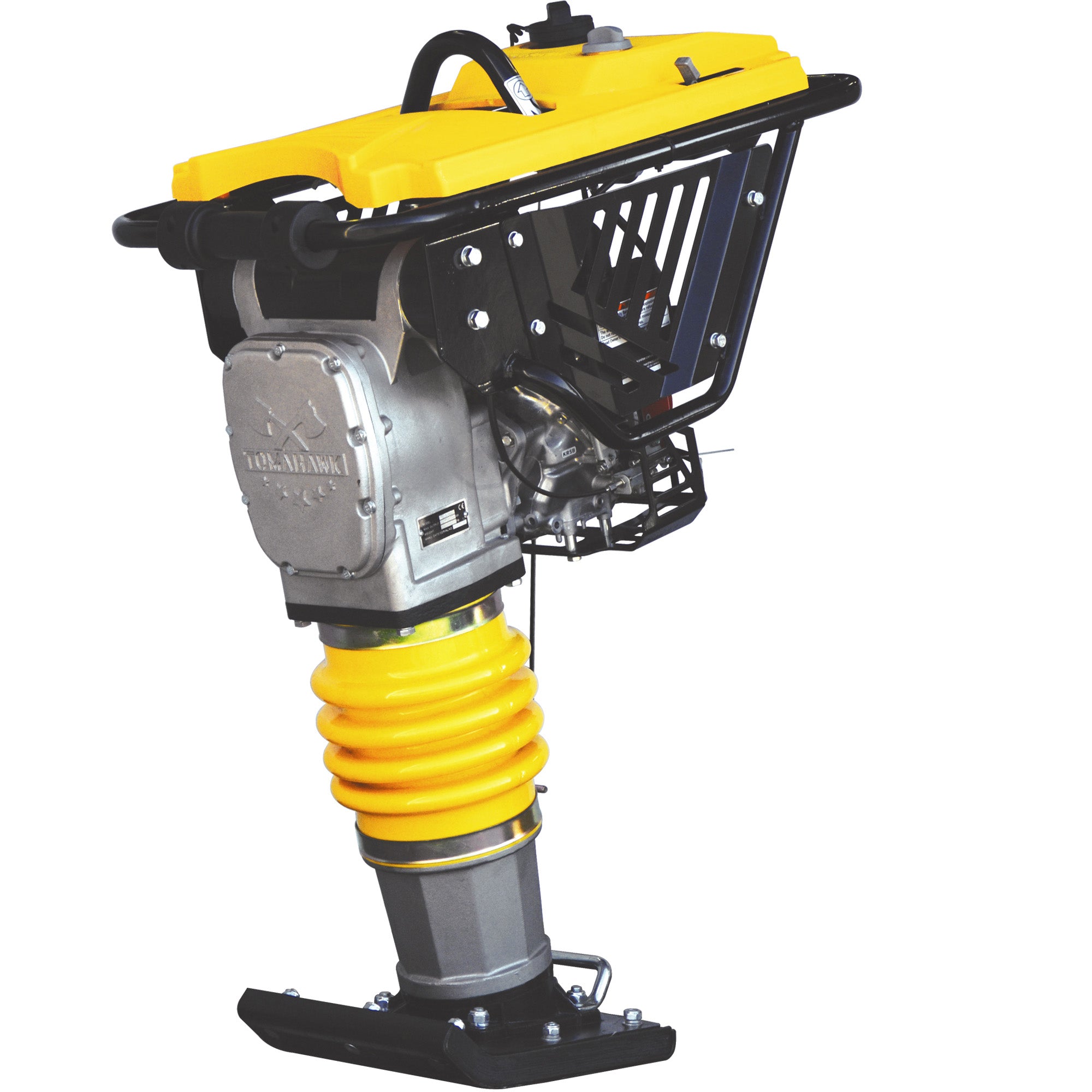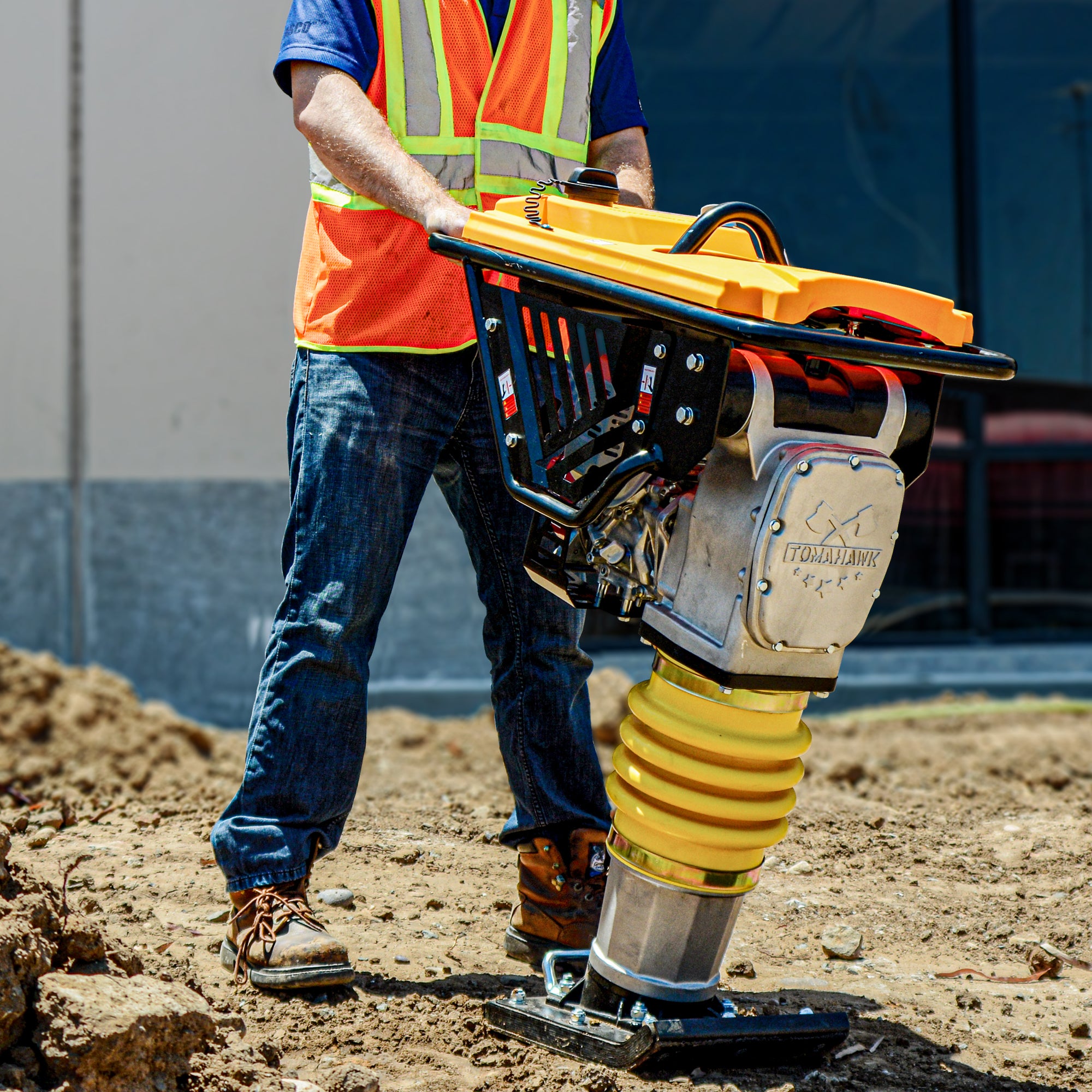A strong driveway begins beneath the surface. Before any stone or gravel is spread, the integrity of your driveway depends on how well the base has been prepared and compacted. Without this essential foundation work, even the best surface material will shift, settle, or erode over time. Whether you're a homeowner tackling a DIY project or a contractor managing multiple installations, understanding proper compaction techniques is critical to achieving a long-lasting result.
The Importance of Base Compaction
Compacting the base layer of a driveway improves load distribution, minimizes future settling, and increases resistance to weather-related degradation. Poor compaction can result in ruts, potholes, and structural failure, often within just a few seasons. According to Home Questions Answered, “Without proper base compaction, even the highest quality stone can become uneven and unstable under traffic” (Home Questions Answered, n.d.).
For gravel and stone driveways, the base usually consists of coarse aggregate such as crushed stone or road base. The goal is to lock the particles together to form a dense, stable foundation. Each layer should be compacted individually before the next is added to avoid trapped air pockets and weak zones.
Best Practices for Gravel Compaction
Compaction begins with choosing the right type of aggregate. Start with a 4 to 8-inch layer of coarse material and moisten it slightly before compacting. Moisture helps particles settle and bind more effectively. Too much water, however, can create slurry and reduce compaction efficiency.
Use a vibratory plate compactor to consolidate the material. Equipment like the Tomahawk 5.5 HP Honda Plate Compactor is ideal for this task, delivering high impact force to reduce voids and create a firm foundation. For driveways with narrow trenches or deeply filled bases, a vibratory rammer such as the Tomahawk 3 HP Honda Jumping Jack provides more focused compaction in tight spaces.
Layered Compaction for Maximum Stability
Instead of placing all your base material at once, apply it in 3–4 inch lifts. Compact each layer thoroughly before moving on. This approach ensures that deeper levels are just as firm as the top, preventing long-term shifting. In larger installations, test each lift with a steel rod or compaction gauge to confirm density.
Proper edge support is also key. Compacting close to the driveway’s edge prevents side erosion and maintains shape under traffic stress. If using edging materials like timber or steel, make sure they are installed before the final compaction pass.
Equipment That Makes a Difference
While manual tamping tools can work for very small areas, powered compactors provide consistent pressure and save time. For typical residential driveways, a plate compactor delivers the right balance of maneuverability and force. Tomahawk’s compactors, known for their Honda engines and commercial-grade durability, are designed specifically for these types of groundwork projects. The right equipment doesn’t just make the job easier—it produces better results.
For steep driveways or areas prone to drainage issues, consider installing a slight crown in the middle of the base. This helps direct water runoff away from the center, reducing the chance of erosion.
Final Steps Before Laying the Top Layer
Once the base is compacted and graded, perform a final inspection. Look for uneven spots, soft zones, or standing water. If necessary, regrade and recompact. The surface should feel firm underfoot, with no noticeable give.
Once satisfied with the base, you can begin layering your top gravel or stone. With a properly compacted foundation, your driveway will be more resistant to traffic wear, weather damage, and settling.
As ProfitDig.com notes, “Preparation is what makes the difference between a driveway that lasts five years and one that lasts twenty.” Careful compaction is the most critical step in that preparation. Backed by the right tools and techniques, you can be confident your driveway will stand the test of time.

